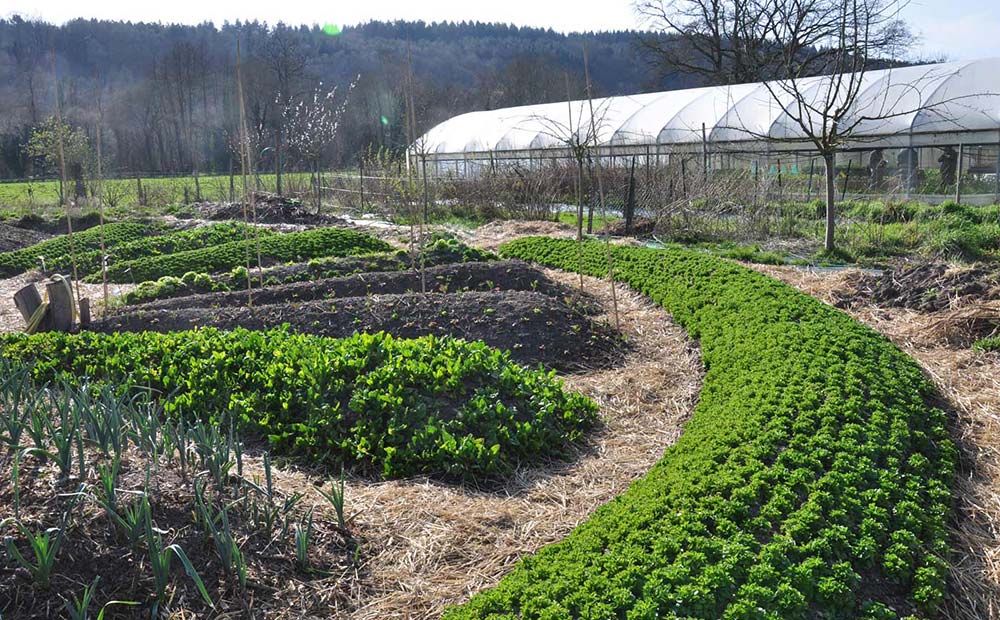Permaculture and Regenerative Agriculture Systems
One of the most challenging barriers to regenerative agriculture, or sustainable agriculture in the equatorial regions across the world is the farmer’s ability to establish and maintain a soil resource that can ensure long-term production of food crops. The extreme weathering that takes place on the soils across these regions makes sustainability so difficult to achieve in food production. Combine that with the socio-economic challenges these populations face and it leaves us as a planet looking for solutions.
Climate change is real. Perhaps no region is needing to learn how to live within this cycle while also mitigating it as much as possible while solving their need for more food can appear to be a daunting task.
Regenerative Agriculture, known by a few different names and sub-categories; is rapidly becoming an important term in Agricultural Systems across the world. What is most interesting is that the practice of regenerative agriculture itself has its roots, in these very regions of the sub-tropics. Conceptually, the practice is making its way into developed countries; and as that happens, the developing countries are promoting and encouraging it are adding a level of knowledge that proves it all out in the Scientific Method. Practices like organic farming, permaculture, agroecology, agroforestry, restorative ecology, holistic systems, bio-active farming, etc. all are spokes in the wheel we call Regenerative Agriculture.
Permaculture is a term and practice which combines the words ‘permanent’ and ‘agriculture’. The premise of the system lies in working in concert with your environment, whether the soil, flora, fauna, wildlife and human element of the physical area of interest (i.e. family, community, village, etc).
In an article by The Permaculture Research Institute, entitled ‘The African Permaculture Movement’, the author discusses the origins and resurgence of permacultural practices in the region. One of the key components of a permaculture system is the cycling of nutrients to build the soil by composting the biomass of the area. Layered composting of materials from very high carbon content like trees and heavy brush as a base, then gradually decreasing the carbon content of the dead vegetation being composted and increasing the nitrogen content, then finishing off the composting biomass with a layer of soil can create a long-term, highly nutritious, intensively managed food production system. This is just one example.
Here is a video entitled “Permaculture Senegal” that illustrates a small example of how to live with your local ecology and create a food system in harmony with it: https://www.youtube.com/watch?v=6h3ZfpTcTC4
How Can Mechanization Assist with Regenerative Agriculture?
While the ‘purist’ may view mechanization as a negative factor in developing regenerative systems for the small landholder of the equatorial region; this is not true. In fact, as small communities and landholders across Africa, Central American, and other regions begin to work together more toward the production of food crops; an opportunity to work together and pool small tractors and attachments to assist with their efforts holds great promise.
The basic premise of organic systems of crop production is to use and support the creation of a sustainable soil resource, focused on the biology of the soil so as to create the nutrients needed for the crops you’re trying to grow. Agricultural equipment can augment the need for efficiencies in this goal across many systems of production today.
Read more about Permaculture and Regenerative Agriculture
Video: Principles of Permaculture in subtropical Africa
Video: Food forest mixed with medicinal plants in subtropical Africa



